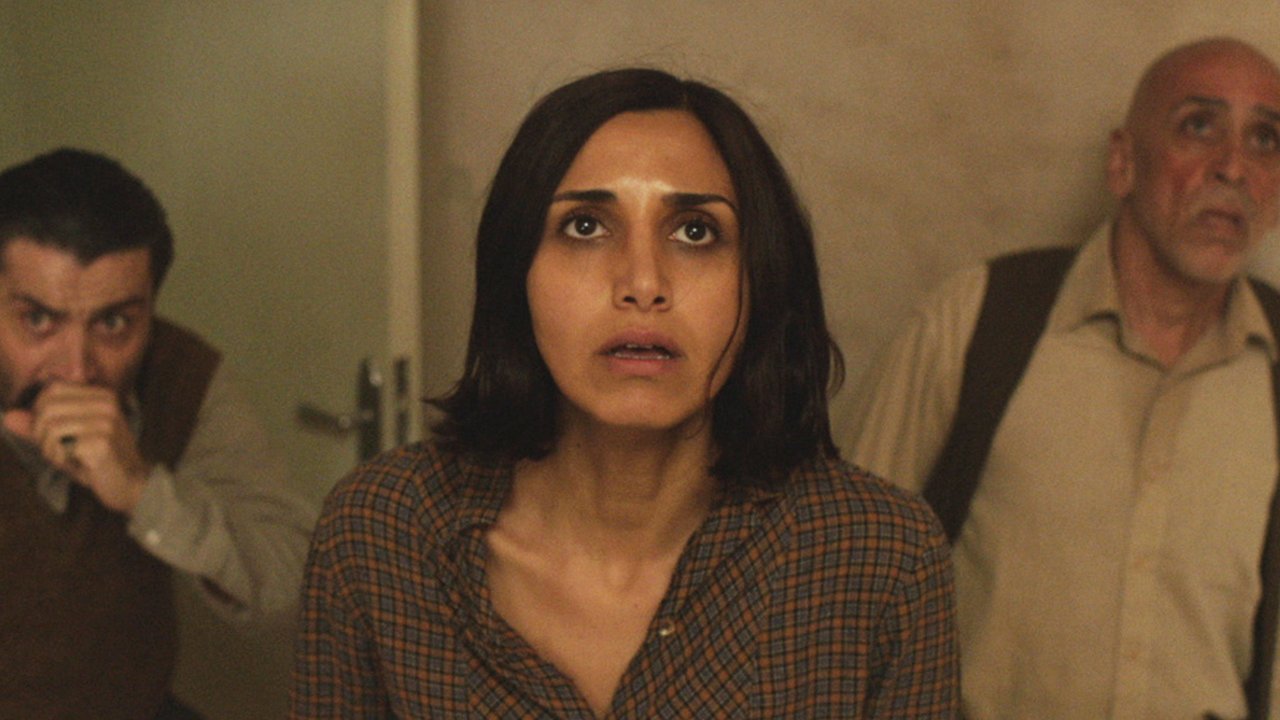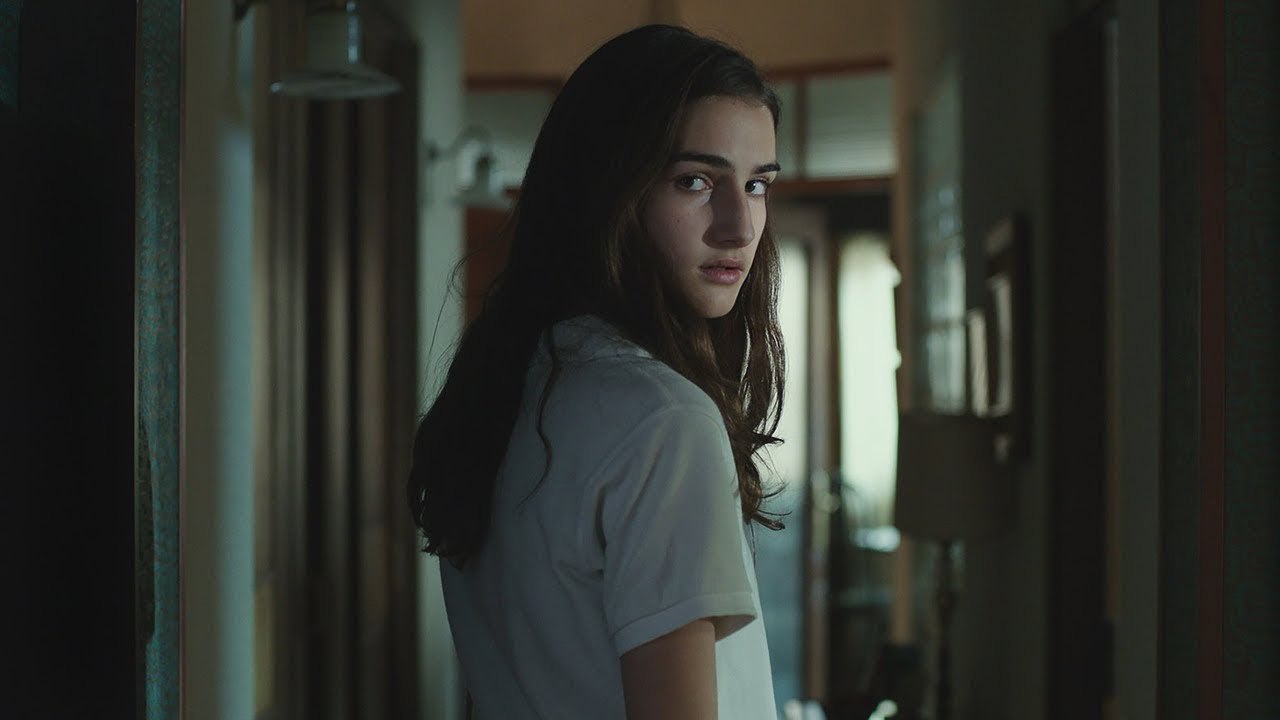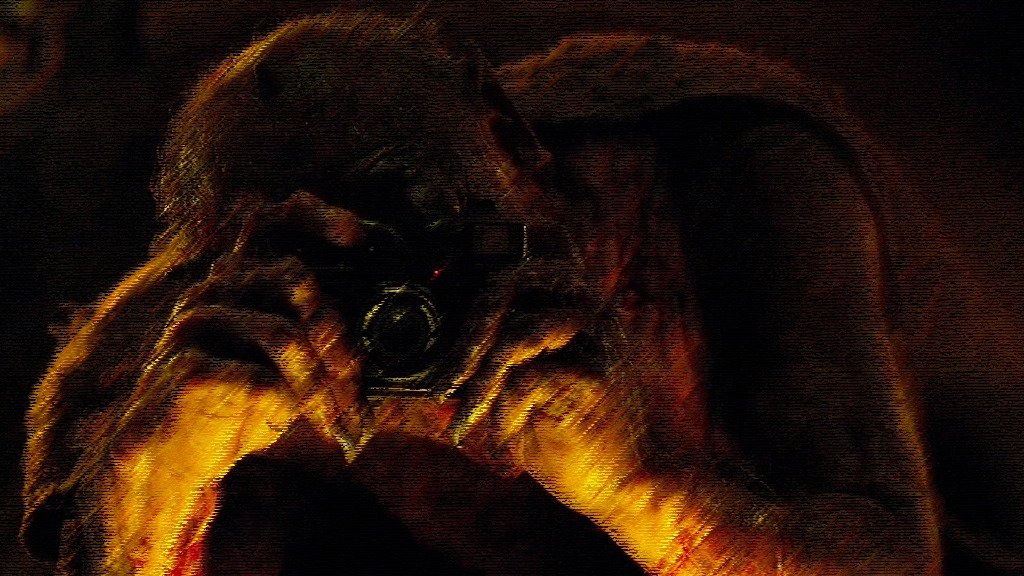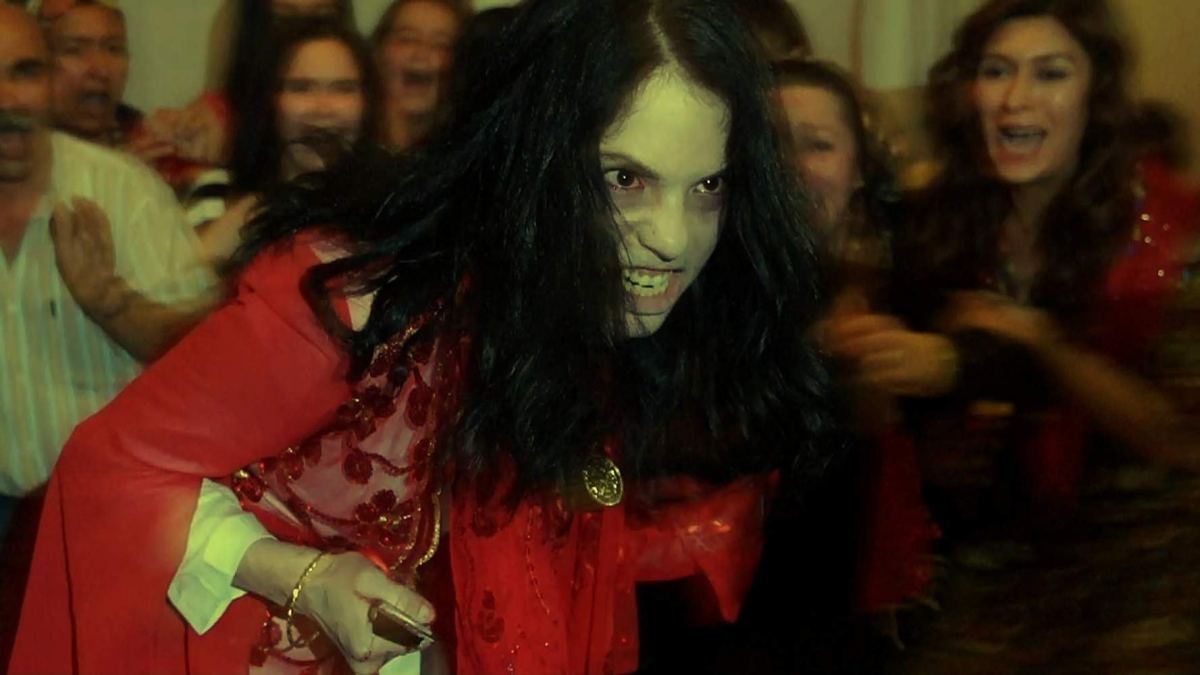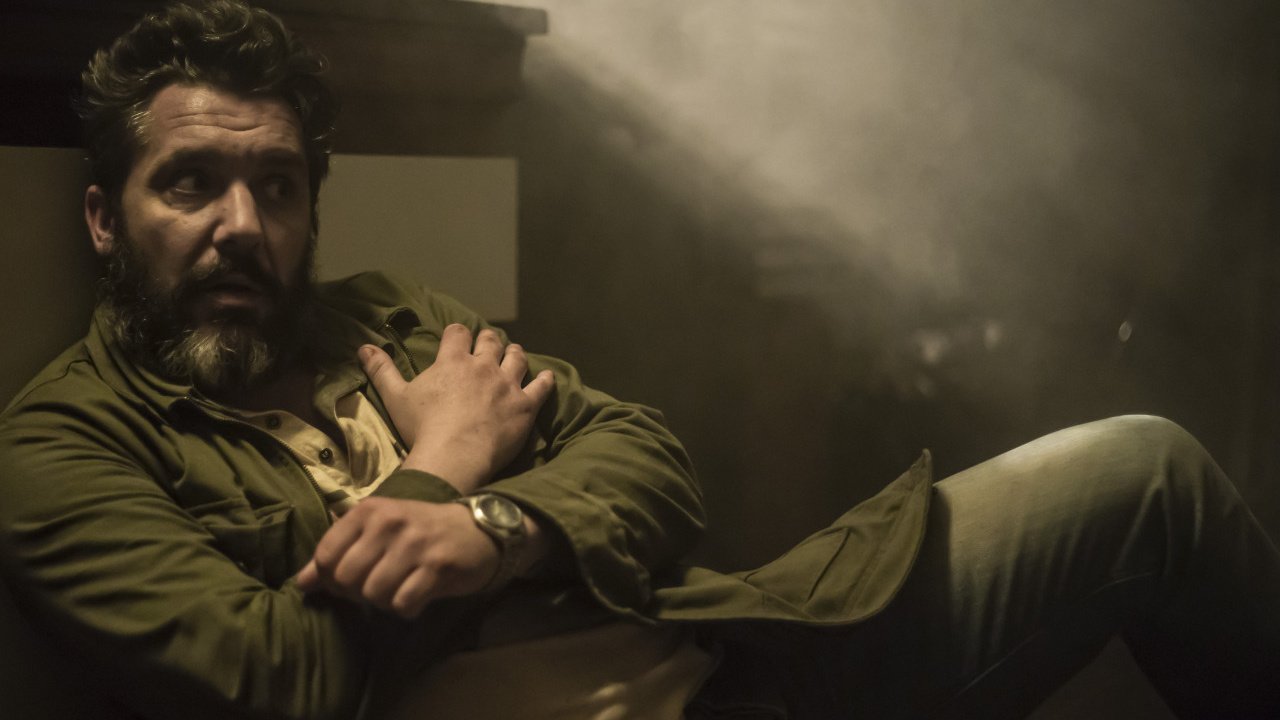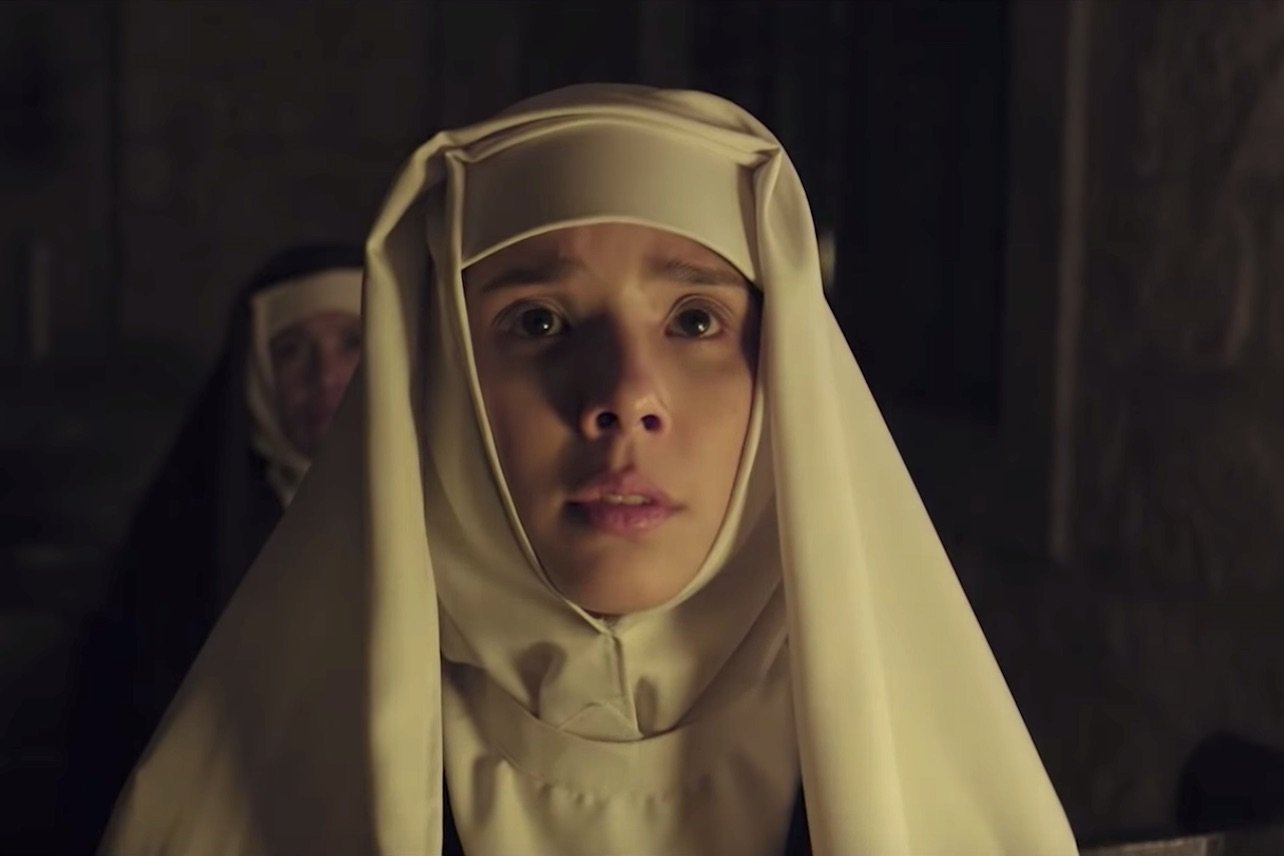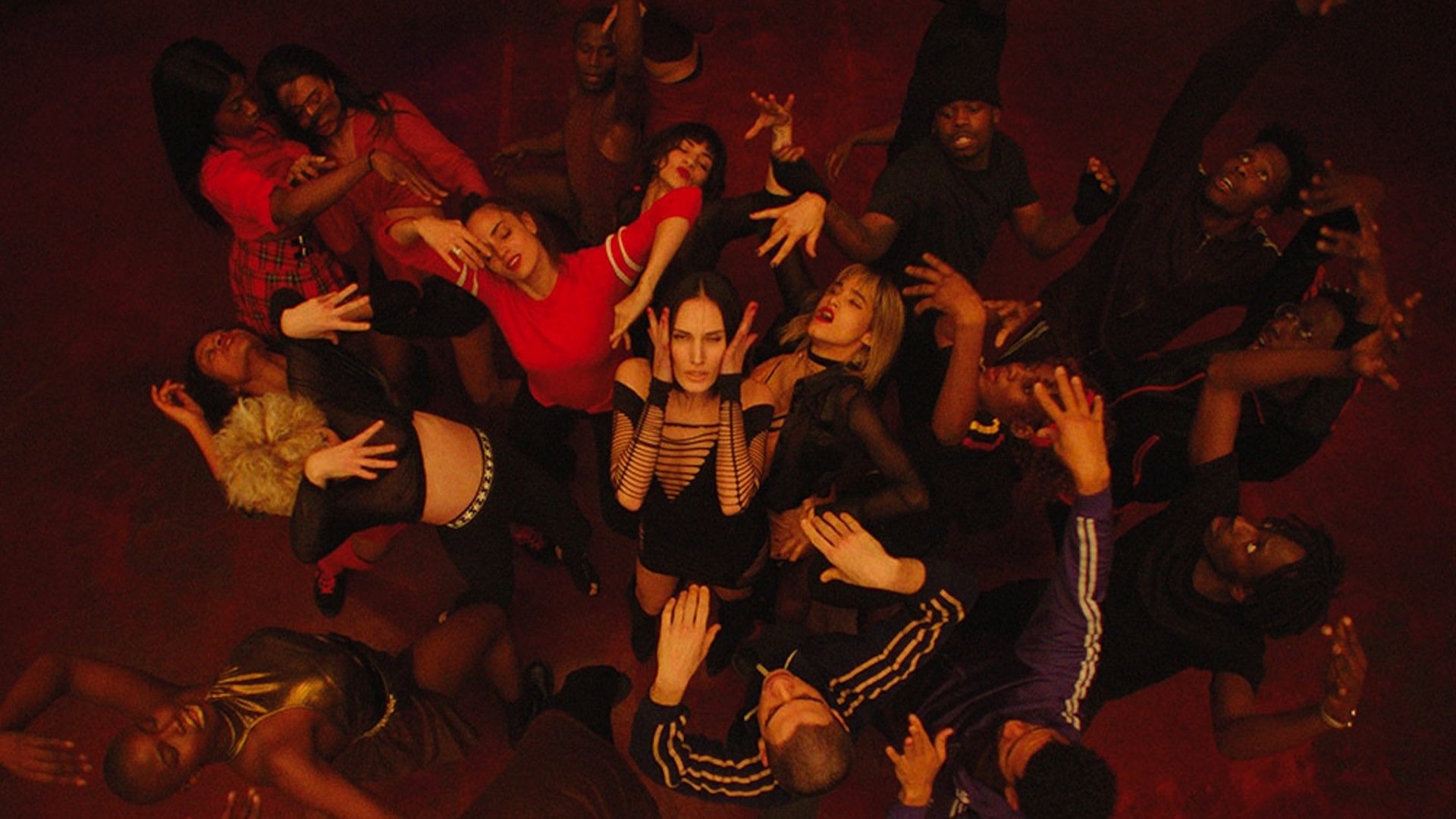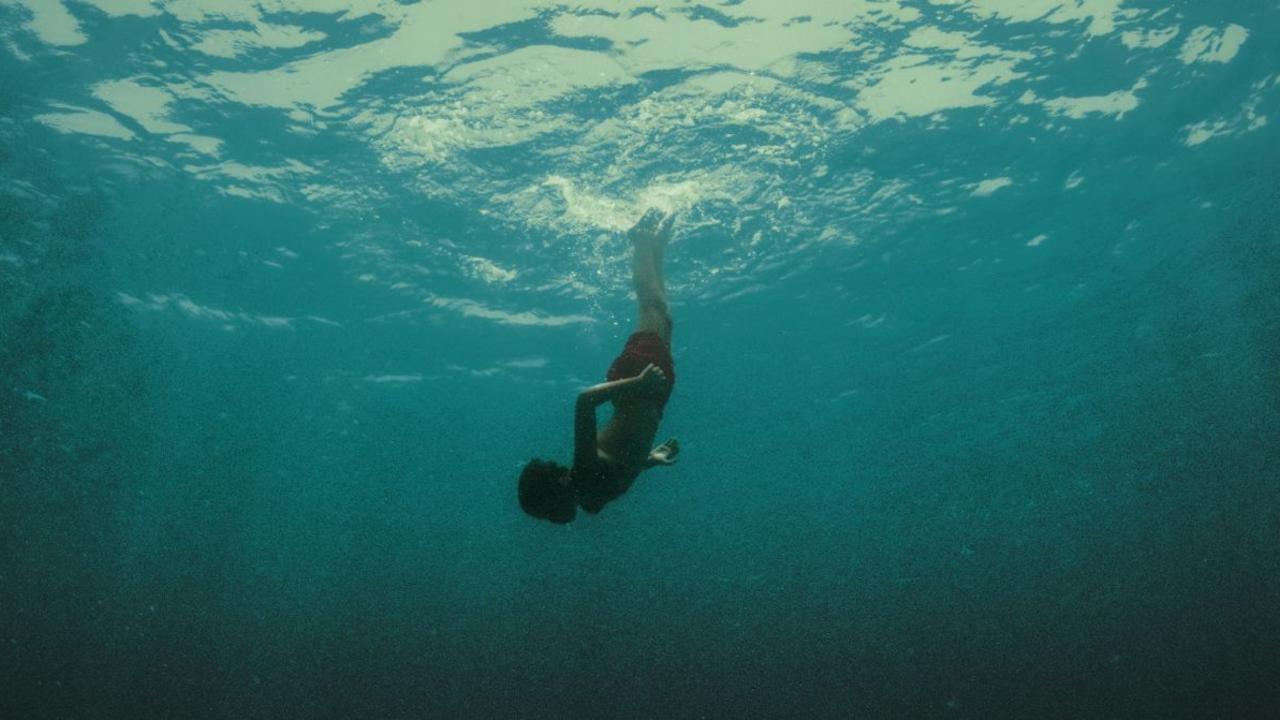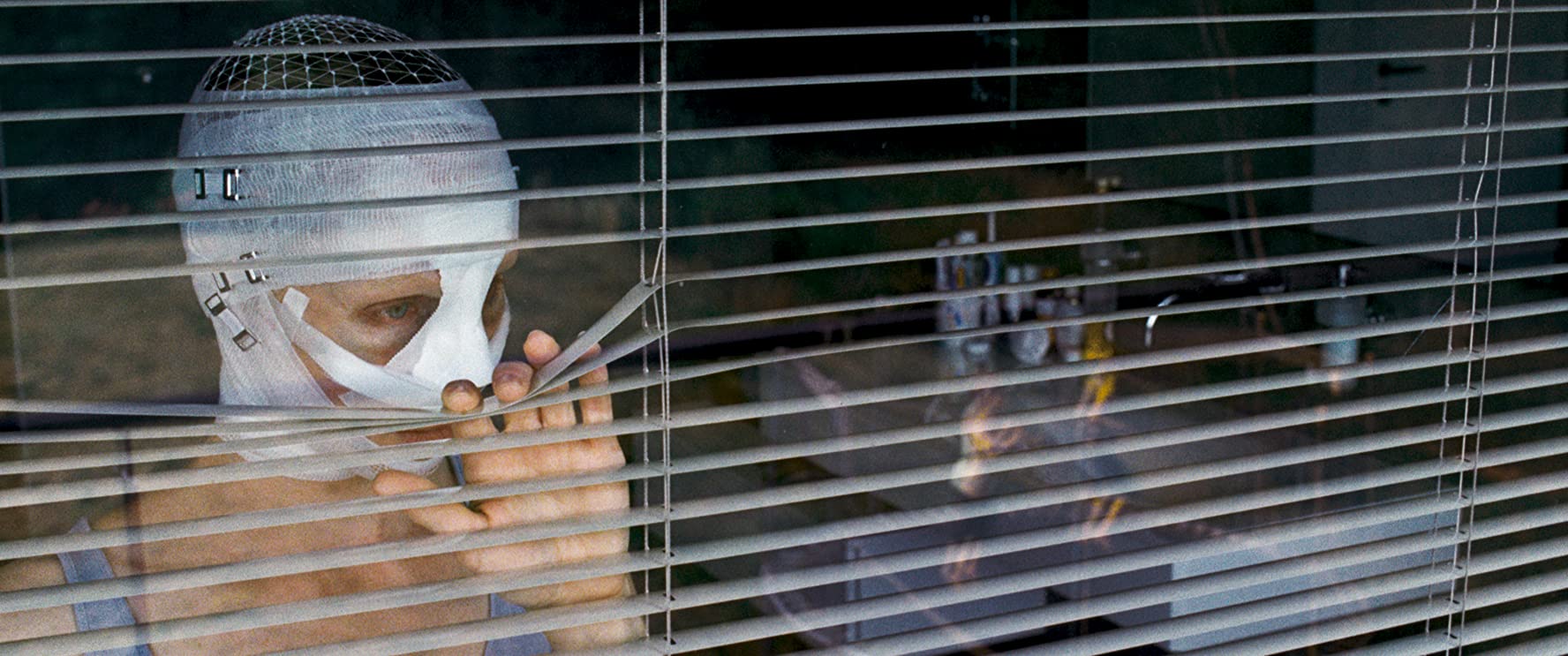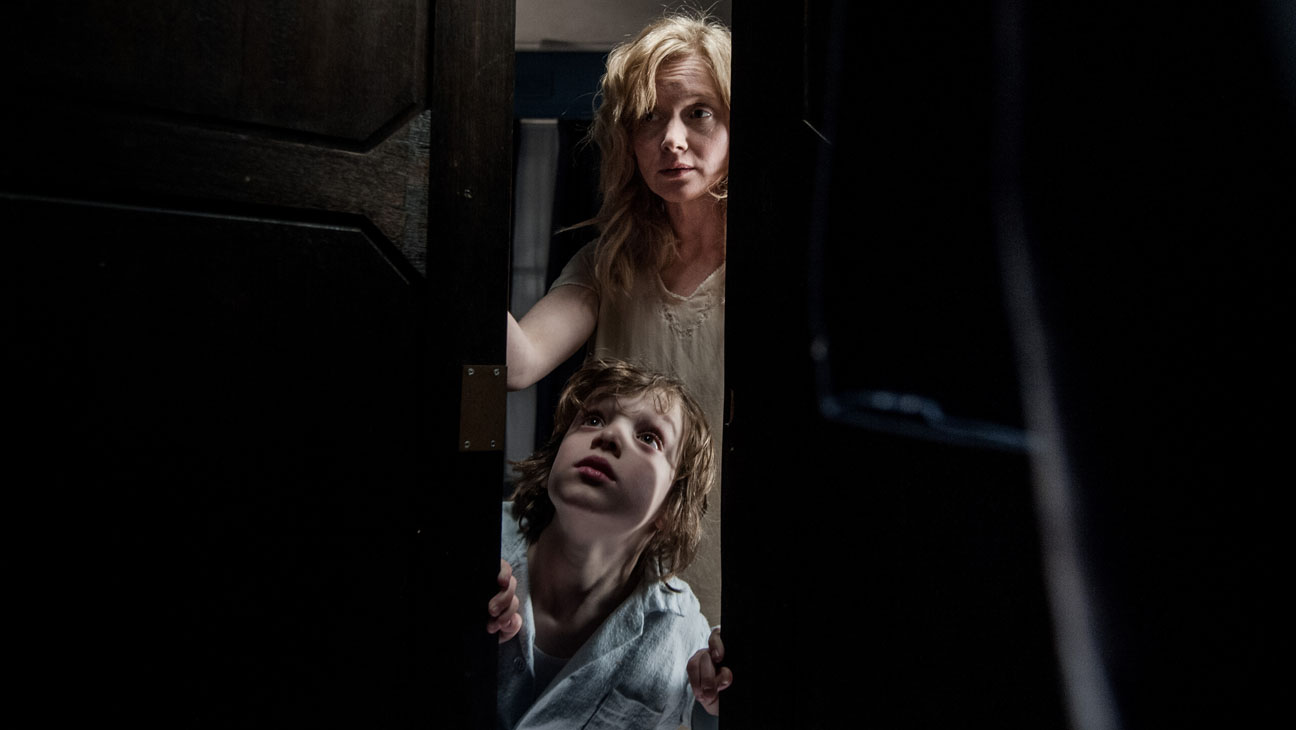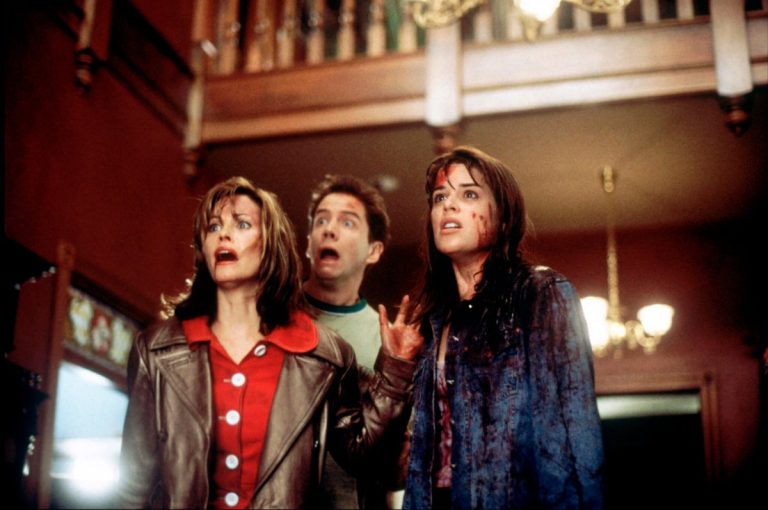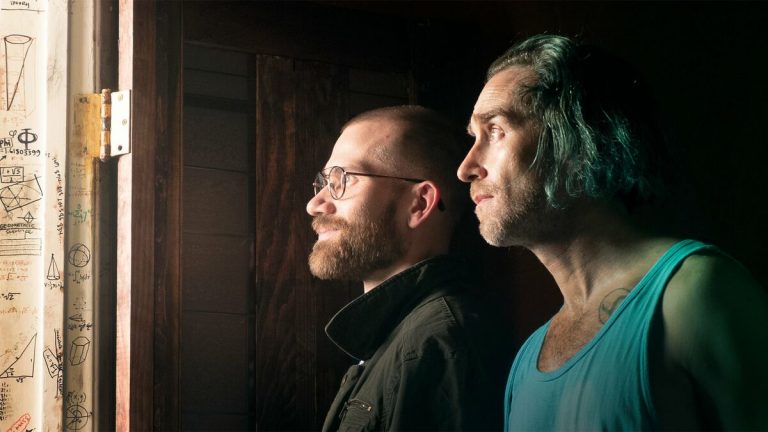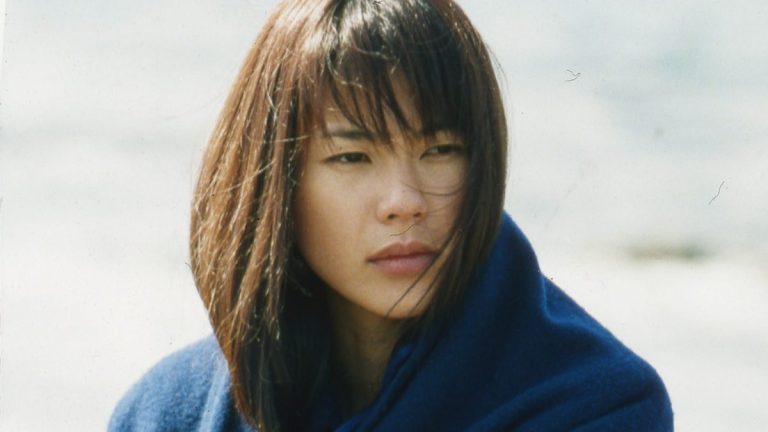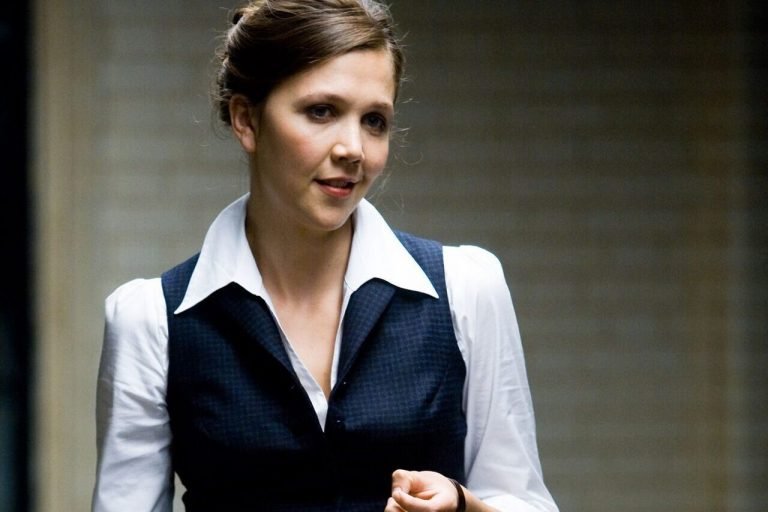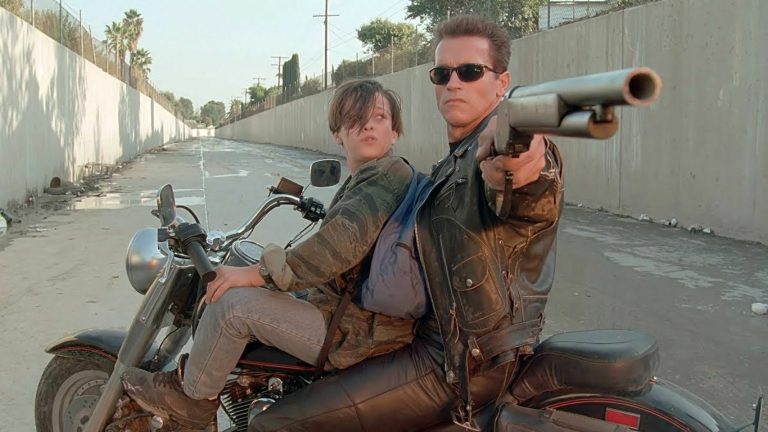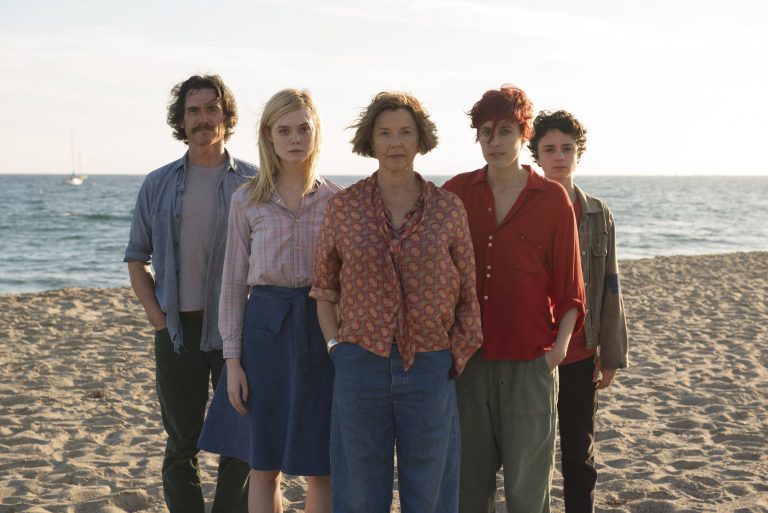Believe me when I say this, and I think I can vouch for every single cinephile in the world, no movie-watching experience is as satisfying as a really good, scary, and/or creepy horror film! The aftermath, the lingering effect, and the discomfort it implodes in your mind and subsequently in your body are simply awe-inspiring. In my opinion, no other movie genre (if done right) can have that kind of upshot on its audience other than horror. Paranormal, in its truest sense.
We all have seen, loved, or hated Hollywood horror blockbusters, like the genre-resurrecting Conjuring Universe, the IT series, or the Paranormal Activity series. But a true-blue horror geek like me would always thrive on genre-defying experiences like Hereditary, The Witch, or In Fabric, where it takes more than just an angry, vengeance-seeking spirit to scare the hell out of you.
The atmosphere, the milieu, the character graph, and the complexity of the conflict play a bigger part. So, I decided to list out some of the most rewarding foreign horror movies of my life that go beyond Hollywood. Here are some of the finest international horror movies post-2010 on various OTT platforms, spicing up your weekend a little more:
1. Under The Shadow (2016)
Set in a very peculiar backdrop of the furor of war-torn, post-revolutionary Tehran of the 1980s, Under The Shadow is a psychological horror written & directed by Babak Anvari. Since he was born in Iran, his personal experiences & memories have added extra notches to the realistic texture of the film. The most obvious comparison that one can draw of him is with another Iranian-American filmmaker, Ana Lily Amirpour, as she also explored life in Iran through the horror genre with the spectacular A Girl Walks Home Alone in 2014, even though the story, treatment & the tones of both the films are utterly different.
Without giving out much of the plot, the essence of Under The Shadow (Zeer-e sāye) lies in the family dynamics that gets brutally trampled by the socio-political environment of the country. And that’s what makes it a very distinctive experience for the viewers. The film manipulates us into this false sense of security & content in its early segments because the family drama is too convincingly potent. And before you know it, the film shuttles us to a point where everything’s falling apart, fracturing our hearts even more because, by now, we’re emotionally invested. You would be able to relate to the characters and their actions, even though you might have never endured their lives up & close and probably never understood the political terrors either.
Under The Shadow is held together by the pulverizing yet intense performance by Narges Rashidi. She manifests emotions with utmost sensitivity & chaos and never lets go. Her raw performance transcends the ferment of this political and beautifully absurd movie. The film begins its intercession when repeated air raids practically wreck the neighboring apartment with a falling missile. This specific incident creates an atmosphere of creepy unease and presage. Rashidi’s character starts to get obsessed with the idea that there are malicious forces (Middle Eastern Jinn, to be specific) attached to that missile. What unfolds hereon is an amalgamation of socio-political commentary, mythology, and some serious spine-chilling moments that should make you jump out of your skin. Making Under the Shadow one of the best foreign horror movies on Netflix.
Our Review: Under The Shadow (2016) – MAMI Review
2. Veronica (2017)
Veronica (Verónica) was released on Netflix with much fanfare and buzz, with many calling it the scariest film ever, so much so that people couldn’t finish the film in one go! Justifiably, it must have been a marketing shtick because, honestly, I didn’t find it scary enough to stop or pause. Rather, like The Conjuring, I think Verónica is a very well-crafted, written, and performed film rather than a scary one.
Loosely based on true events from the Vallecas case in 1991, the exact strength of Verónica lies, once again, in family bonding & relationships. Being a neurotic consumer of the genre over the years, I’ve come to realize that great and cogent horror films are always ones with the most penetrative emotional depths. And that’s why The Nun, The Conjuring 2, The Boy Series, or It Chapter 2, among others, never left that stimulating effect on the audience as they were expected to. We were never involved in their world, which is a shame.
Admittedly, there is nothing exceptional about Verónica. There’s a classic story-telling style, and the plot is rather standard as far as horror movies are concerned. In fact, it also slotted in all the classic horror movie banalities like demonic possession, book bags getting violently get thrown off shelves, and televisions that turn on or off on their own accord. Thankfully, the movie does not route itself to cheap jump scares even once. The execution is what outstrips the film into an exalting dimension.
Director Paco Plaza maneuvers Verónica from a generic, straightforward story to one of the best movies of 2017, interposed with an exceptional performance by Sandra Escacena. My one major and probably the only problem with the film is how it keeps Veronica a little too inaccessible from the audience, and we never really get to experience how she herself is feeling with whatever is happening around her.
The real horror of Verónica attributes to the deteriorating dynamics of relationships. We get to witness her siblings’ slow, tragic loss of innocence because of their sister’s new dark world. That’s the kind of horror that crawls under your skin and ruptures your heart.
Also Read: Verónica [2017]: Scariest Movie Ever, My Ass!
3. The Wailing (2016)
There’s nothing scarier than not knowing what you should be scared of, and The Wailing (Gok-seong) grabs your neck just for that! The dark, largely glum, multiple genre-mixing films are extremely nuts, very long, and very local in their texture! Directed by the festival-favorite Na Hong-jin, The Wailing is much more than you could have possibly bargained for. Nothing prepares you for the avalanche of murder, diabolism, exorcism, atmosphere & sheer horridness.
With a daunting runtime of over 155 minutes, The Wailing interlaces primordial Korean mythology with the more generic and timeworn horror tropes of possession, bloodshed, zombification, and rituals. But every single minute of the film operates on the level where most Indian & Hollywood films seem complacent. Performances remain solid all through.
Na Hong-jin somehow manages to trace something internal about the evil, which is exceptionally unnerving and scarring in effect. The film unleashes the crazy in generous supplies on the viewers, with no room to escape. The Wailing explodes after a chain of horrendous murders in a very tapered village called Gok-Seong. And the real horror reveals itself during the investigation.
The Wailing has one of the most baffling climaxes in a film in recent memory. It questions more than it answers. Kwak Do-won’s accessible yet extremely internalized, heartbreaking performance, in the end, uplifts the already soaring film.
Though I’ve seen the film in its awfully dubbed version, the darkness, the urgency, the process of agonizing grief, it all reached through. The essence was not lost in translation, though I would still prefer to re-watch it in the original audio with subtitles.
Also Read: The Wailing [2016]: Bengaluru International Film Festival [BIFFES]
4. Dabbe: The Possession (2013)
As far as Foreign Horror Movies are concerned, Dabbe The Possession (Dabbe: Cin Çarpması) is perhaps the most available film on my list in terms of its perverse approach & theme. Another Middle Eastern mythological horror, this Turkish film, is what nightmares are made up of. Directed and written by Hasan Karacadag, Dabbe The Possession is the third film of the Dabbe series and most certainly the best one. From the looks of it, the movie might come across as one of those trying-too-hard-to-scare-you movies, but if you decide to stick with it a little longer, it will give you a panic attack if nothing less.
The film follows Dr. Ebru (a skeptic), who is making a documentary on the exorcisms performed by Faruk (an exorcist). What we witness, in detail, is the exorcism of Ebru’s childhood friend, Kubra. The entire film is shot in the found-footage format, and that intensifies the haunting multifold. I am not a fan of found-footage horror and was highly dubious of the film, but I’m glad I pressed that play button. To say it took me on a rollercoaster ride would be an understatement. This was probably the most effective use of the found-footage format in the horror space, even more so than The Blair Witch Project. It lingers on; it does.
The storyline is fully realized, from how Kubra was possessed to what the curse was to who cursed the family; everything is explained in conscientious detail. The performances are exceptionally skilled, too. Everyone involved in that exorcism carries an air of misery and revulsion around them.
It’s also particularly interesting to taste the cultural beliefs of a society that is absolutely unidentified in this part of the world. Hasan brilliantly uses eloquent tools throughout the film, like dark, narrow lanes we travel through along with the characters, insulated and abandoned villages, unspeakable sinister forces, and the universal theme of greed and betrayal. The film never gives you a single moment of respite. Every frame is traumatic, tense, and devastatingly unsettling. The visuals are so disturbing that you might find yourself taking a water break every now and then. Dabbe The Possession doesn’t really scare you; in fact, there are no jump-scare moments, but it is so powerfully troubling that it leaves you uncomfortable for days.
5. Terrified (2018)
This Argentinian horror film is steered by shock value, despair, fear, and impending fate. Terrified (Aterrados) shines the most because of the special effects and a complete absence of resolution. Viewers never get the answers, no reasoning, just the vicious paranormal activities plaguing the neighborhood. The narrative jumps around in time and is deficient in a clear route. There are multiple characters and locations, and the film’s swift progression never gives the audience any time to reflect. With perpetual swelling fear and no explanation, viewers are pretty discombobulated by the time real horror unshackles.
Using the group narrative structure, director Demián Rugna knits together a web of haunting interludes. Three separate houses in a small block of a Buenos Aires neighborhood experience paranormal activities. A distinctive terror and haunt for each house, without any reason or justification. Each experience is so fluently woven together that it could serve as its own separate film. Boisterous spirits under the bed, thumping on the walls & a dead kid crawling back from his grave to sit on the kitchen table, each one deserves its own detailed expansion as a film or a series.
The Paranormal investigators are more interested in studying evil rather than expelling them. Their approach is methodical and more coherent, not religious. There’s no priest with across or exorcism, rather there are instruments and communication.
With a sprinting pace, absolutely zilch character development, and a frustrating lack of resolution, Terrified is emotionally the most inaccessible movie on my list. We never hang out with the characters or get introduced to their motives. Rugna never uses emotional tools to manipulate empathy towards his characters; he doesn’t judge them either, and the result is astonishing. The characters are as clueless of the happenings as the viewers. It’s an unprecedented movie-going experience where perplexity hovers over those who are on-screen as well as the ones who are off it.
Terrified is a full-throttle, no-frills-attached assault of terror & shock and deserves much more love than it has got.
6. Eerie (2019)
One of the many foreign horror movies produced in 2019 was Mikhail Red’s Eerie. Probably the weakest entry in this list in terms of the storyline and execution, but it’s imperative that we take notice of Mikhail Red and the kind of content he is creating. He stands out, particularly because he has relentlessly and arguably single-handedly levitated the eminence of Filipino cinema over the years with films like Birdshot and Neomanila.
Critics were not very loving towards Eerie, and rightfully so. This largely uneven yet effective horror is anchored by Bea Alonzo (the lead actress), who tries her best to save the ship from sinking, and she mostly manages to do so, too. Though the plot and the screenplay are categorically underwhelming, the jump scares really work. On multiple occasions throughout the movie, you’ll find yourself inadvertently making noises, jumping off your seat, and/or clenching your eyes in anticipation.
Apart from jump scares, the looming atmosphere and the towering performance of Bea Alonzo make this otherwise forgettable film a fascinating watch. Eerie has a stunning style that works in its favor. Mikhail has designed the frights in strategic and measured conduct, looping in distressing visuals and premeditated audio configuration. The long whimpering corridor and flapping drapes are all too familiar to be impressed by, yet Mycko David’s devastatingly beautiful cinematography pulls you in.
The most audacious & commendable aspect of Eerie would be questioning Catholicism’s taut religious beliefs. This definitely adds to the mounting tension of the film. The film also tries to undertake many themes at once, bullying, homosexuality, and mental health, but all are just a broad brush stroke on a canvas. Nothing pierced through the surface here, and that’s the biggest shame of Eerie. It’s too timid to terrorize.
Having said all of that, I’d still recommend Eerie because what works really works here!
7. Climax (2018)
Remember the first time you watched A Clockwork Orange? Or Alejandro Jodorowsky’s The Holy Mountain? Or even The Matrix? Remember how overwhelming the experience was? It was like you were just not ready for that landslide! Now I’m sure you know where I’m going with the Climax. Gasper Noé directed this bizarre fest with utmost conviction and panache. Completed in just 15 days, Climax is sort of a cinematic dance macabre, induced with drugs. Calling it trippy won’t justify the experience.
Consisting of mostly dancers and non-actors, Climax has no story to trace as such. The entire film is set up within a building with an enormous ensemble cast (24, to be specific). It is seductive, impenitent, and screams novelty. When I say it is a psychological horror, I really mean it. Nothing makes sense in the movie, and that’s exactly what makes it so idiosyncratic. The film works best when it retains its vicious human drama; the moment things go dark, Climax plunges into this freakishly strong sense of desertion and takes the viewers along with it.
Gasper’s brawny visual aesthetic comes into play here once again. The film is laden with a palette of brutal reds and provocative greens. A lot of times, you would feel that the film shares its DNA with any of the most bizarre and elaborate Lady Gaga videos. It’s quirky and a creative volcano, to say the least. Even though there’s no plot, he kept the narrative effortless and simple. Climax is a provoking brew of music and horror that challenges its viewers to preserve their sanity throughout. Though Gasper conjured up the idea of the film earlier, most of the film was improvised. Actors and dancers were not given brief dialogues; instead, they were free to perceive the scenes in their own way. This also resulted in astonishingly long takes, the longest one being the 42-minute long scene, almost half of the runtime of the film. Comparisons with Suspiria are inevitable, considering the proximity of the theme & style.
The hyper-realism of this nightmare could be daunting for anyone; after all, Gasper’s vision can’t be easy to sail through (his filmography would be a testimony to it). But there is no sagging in his rock-solid cast. This is one of those foreign horror movies that will sit right with you if you have the stomach for it. It’s not popcorn entertainment, so to say. Watch it with the right expectations.
Also Read: Climax [2018]: ‘MAMI’ Review – The Greatest Cinematic Experience of the Year
8. Evolution (2015)
This aesthetically riveting French horror film was a co-production of France, Spain, and Belgium. Evolution (Évolution) revolves around a 10-year-old boy, Nicolas, who lives in a remote island village colonized only by boys his age and adult women. There’s something sinister going around the island, which he was oblivious to so far. After some unsettling discovery, Nicolas starts to question everything around him, and the film erupts after that.
I’m a sucker for atmospheric horror, and Evolution satiates my hunger. With an enigmatic visual style, it never compromises compassion. Director Lucile Hadžihalilovic’s approach toward the genre is rather obscure. The movie never really instills a sense of fear in the viewer, and neither are there any jump scares or blood-curdling scenes involved. Evolution is easily accessible in terms of its treatise on gender fluidity and rape but might lock certain sections of the viewers out with its execution. With nominal dialogues and lazy momentum, it will test your patience indeed, but I would still suggest you hang in there for some rewarding experiences.
Lucile’s authoritative command over her parabolic reality is enough for you to surrender. Evolution is a testament to her ability to suck you into her cryptic, disconcerting world. It is a genre-defying coming-of-age horror drama that gives a very singular paradigm of human existence. It’s a rather odd synthesis of gentle and warped.
Also, Read: 15 Must-See Coming Of Age Films Of 2016
9. Goodnight Mommy (2014)
Director duo Veronika Franz and Severin Fiala’s Austrian horror, Goodnight Mommy (Ich seh, Ich seh), like most of the films in this list, plays on trauma and isolation. The film unfolds the horror of lost innocence and the void of separation. It takes place in a secluded Austrian home where two twin boys start to notice the erratic, changed behavior of their mother.
Goodnight Mommy dismantles Austrian social and domestic significance with bare emotions and terror. The motivation and backstories of the characters are so cunningly enigmatic that it frustrates them at times, but it remains a terrifyingly gripping watch. Though the big twist is not entirely unforeseen, around 40 minutes into the film, you could easily judge it (partly because we’ve seen ample such shenanigans in horror films), but that never hampers the powerful intensity of Goodnight Mommy.
Many of the most disconcerting touches are cracks in the narrative and baffling discrepancies. Goodnight Mommy is an apparent diagram of why the struggle with grief should be a pooled effort rather than a solitary one. There’s a menacing juxtaposition everywhere and throughout the film. Performances mostly hold.
The film is a poignant take on motherhood and loss. It also dexterously toys with audience hypothesis and sympathy. Beautifully filmed by Martin Gschlacht, Goodnight Mommy holds back the extra, and yet it is squirm-inducing. With the everlasting vagueness, Goodnight Mommy delivers a punch wherever required with its inscrutable subtlety and a nouveau riche Shyamalan-slant.
Related to Foreign Horror Movies: 10 Best Films on Crisis-Ridden Facial Surgery
10. The Babadook (2014)
Last but definitely not least on the list would have to be The Babadook! This Australian marvel has been discussed, analyzed, and written about enough for me to add any new perspective to it. Rarely comes a small, unassuming, independent, non-Hollywood English film that unvaryingly arrests the imagination of cinephiles across the globe. It left people perplexed and venerated concurrently.
Like Evolution and Goodnight Mommy, this one is also a female gaze on horror. Directed by debutant Jennifer Kent, The Babadook is an ambiguous wreck with a steep emotional depth. The film intermingles various emotional fabrics with a raw, ominous acknowledgment of the unknown. The movie resonates because it deals with grief, possibly the most indispensable human sentiment. But as I said, there’s nothing more or rather nothing novel that can be added to this already heavily autopsied film. And the inestimable elucidations are simply mind-numbing. Go watch The Babadook if you haven’t already. It is one of the best foreign horror movies from 2014.
Recommended:
The 10 Most Unsettling Movies You Will Ever See
15 Incredible Foreign Films Streaming on Amazon Prime Video


